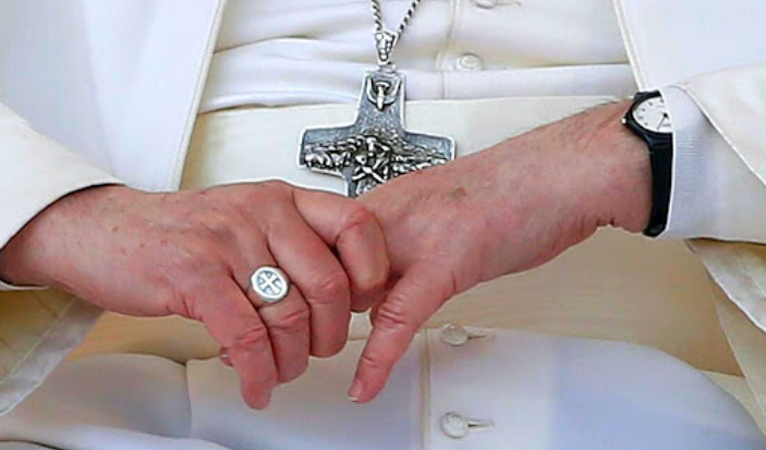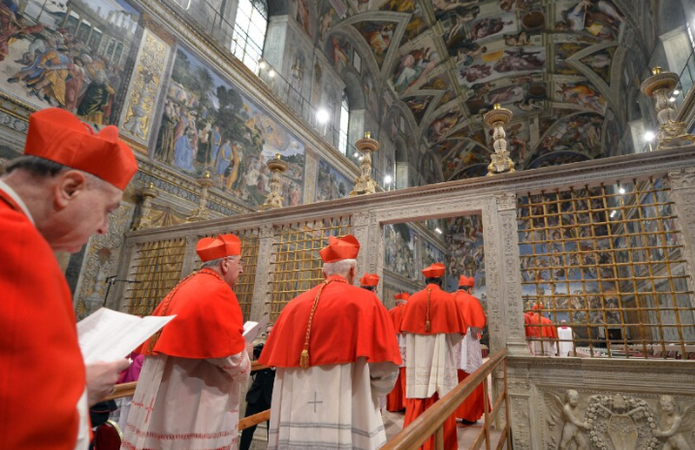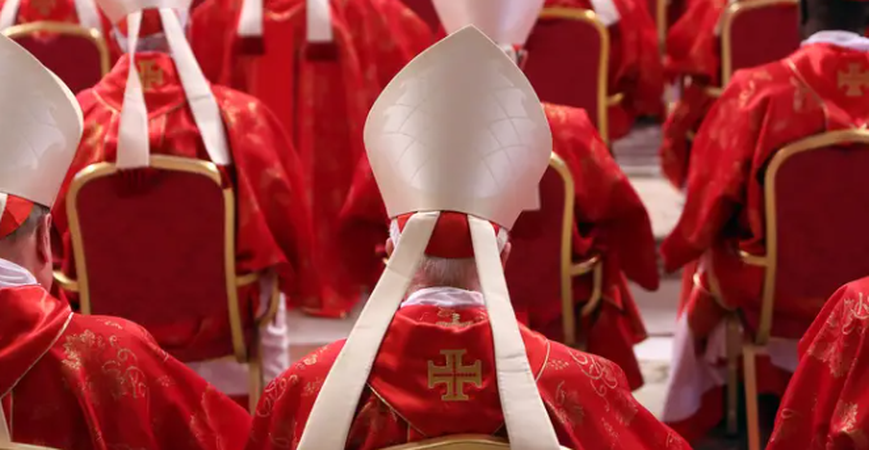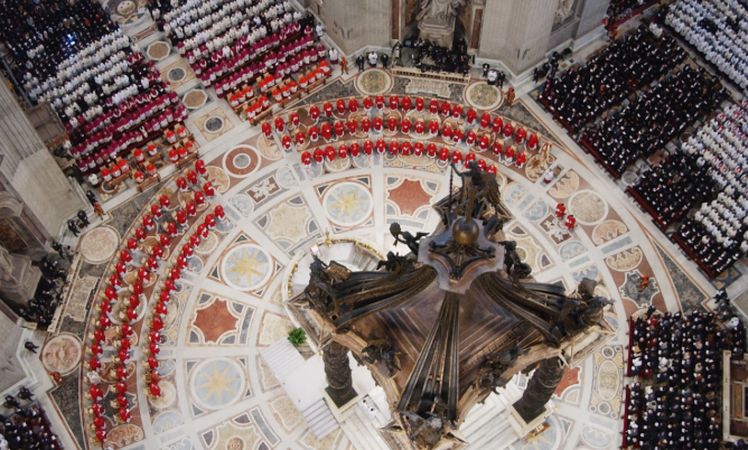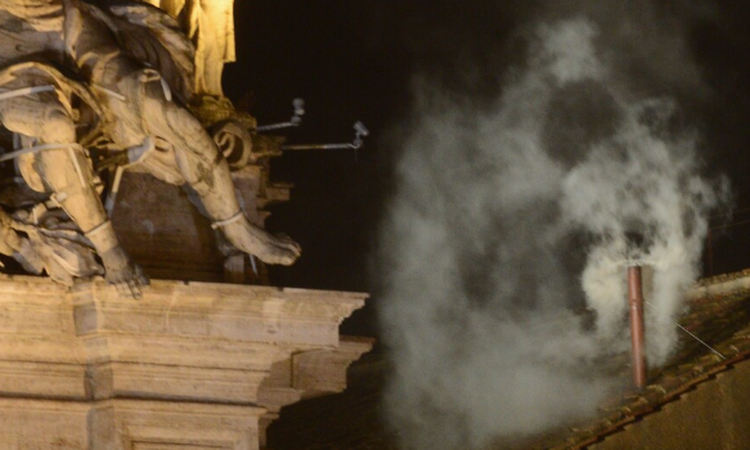With the death of Pope Francis, cardinals from around the world will gather in Rome to elect a new Pope. The rituals for electing a new Pope are elaborate and date back centuries.
But how does this work and what will happen in the Vatican?
When a Pope dies or resigns, the Catholic Church enters a period called “sede vacante.” This means “empty seat” — as there is no Pope sitting on the throne of St. Peter.
The late Pope's ring and seal – which are used for sending papal documents – have been broken to prevent anyone else from using them.
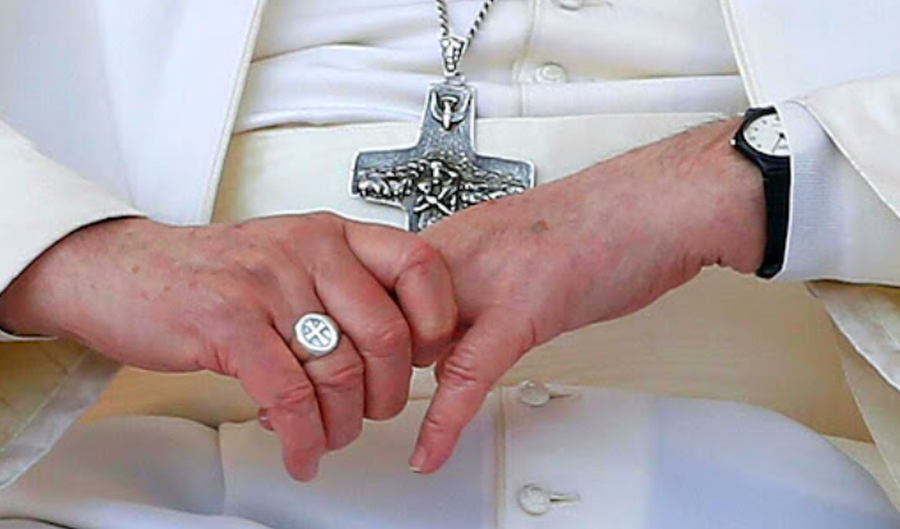
During this time, a cardinal - known as the Camerlengo or Chamberlain - becomes the temporary head of the church with limited powers.
The "sede vacante" generally lasts several weeks while the Pope's body lies in state, his funeral is held, and the cardinals prepare to gather for the conclave.
conclave
The conclave takes place in the Sistine Chapel, the Vatican's famous hall whose walls and ceilings are decorated with works by Michelangelo. The meeting includes cardinals from around the world and lasts until a new pope is elected.
Only cardinals under the age of 80 ( cardinal electors ) are allowed to participate in the Conclave and cast their vote for the new Pope.
Currently, out of 252 cardinals, there are 135 cardinal electors: 53 from Europe, 23 from Asia, 20 from North America, 18 from Africa, 17 from South America and four from Oceania. The country with the most cardinals who can vote is Italy with 17, the US has 10 and Brazil with seven, while the United Kingdom has three.
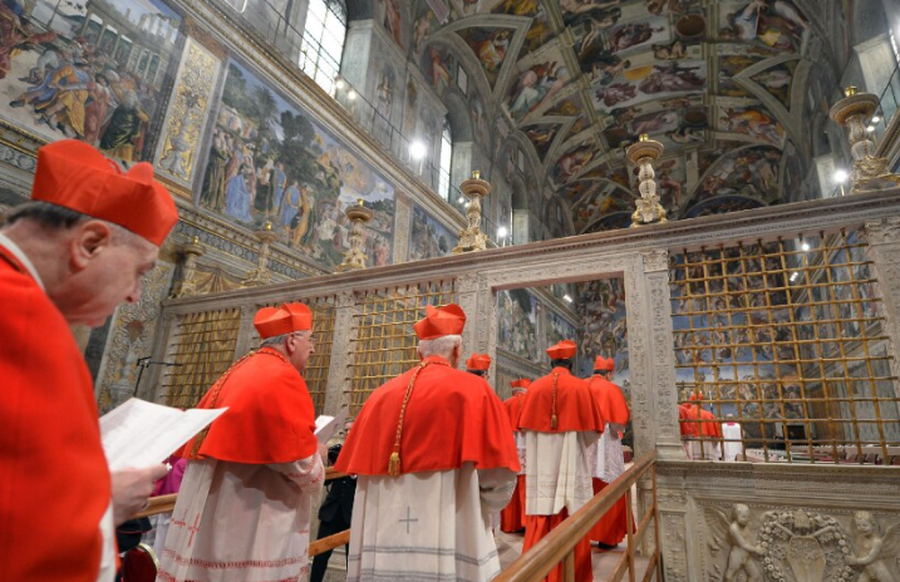
Once the conclave begins, the cardinals will not leave the Vatican until a new pope is elected. The word " conclave " comes from Latin, meaning " locked up " - a reference to the seclusion in which the cardinals are held.
They hold voting sessions in the Sistine Chapel and sleep in the Casa Santa Marta hotel inside the Vatican. The longest conclave lasted almost three years, between 1268 and 1271. Some have lasted just a day.
The conclave in which Pope John Paul was elected in 1978 lasted less than three days, while the cardinals elected Pope Francis in two days.
While the conclave continues, the cardinals are unable to communicate with the outside world. They are not allowed to use telephones, use the internet or communicate with journalists.
Except on the first day, the cardinals hold two daily voting sessions until a candidate has a majority of two-thirds plus one. They are all sworn to secrecy regarding the vote.
White smoke?
How do we know if a decision has been made? This is the part about black smoke, or white smoke.
If the cardinals have not reached a majority, the cards and tally sheets are placed in a stove and burned with an additive to produce black smoke, indicating to the outside world that a Pope has not yet been elected.
Watching for the telltale smoke rising from the top of the Sistine Chapel is something of a tradition, with Catholics flocking to St. Peter's Square for the spectacle.
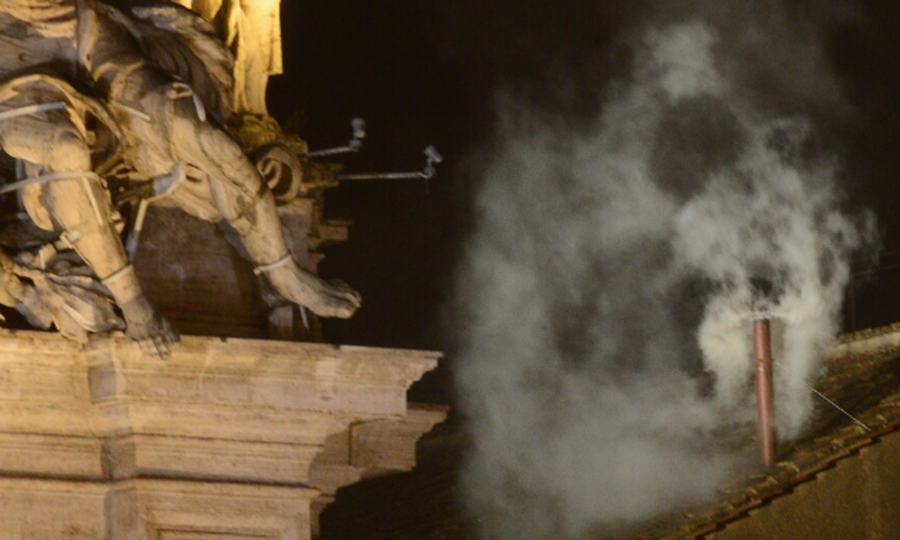
If no result is reached within three days, the sessions are suspended for a day to allow for prayer and discussion. More voting sessions are then held until a 2/3 majority is reached.
When enough cardinals agree on a candidate for the next Pope, that candidate is asked if he accepts and by what name he wishes to be known.
The ballots are then burned as before, but with an additive to produce white smoke.
The announcement of the new Pope
The new pope then dons his new papal robes. Tailors have large, medium and small sizes ready, and he sits on a throne in the Sistine Chapel to await the other cardinals who present themselves to pay homage and swear allegiance to the new leader of the church.
Then, the cardinal deacon steps onto the central balcony of St. Peter's Basilica overlooking the square and announces in Latin: " Annuntio vobis gaudium magnum. Habemus Papam ", which means: " I announce to you great joy. We have a Pope" .
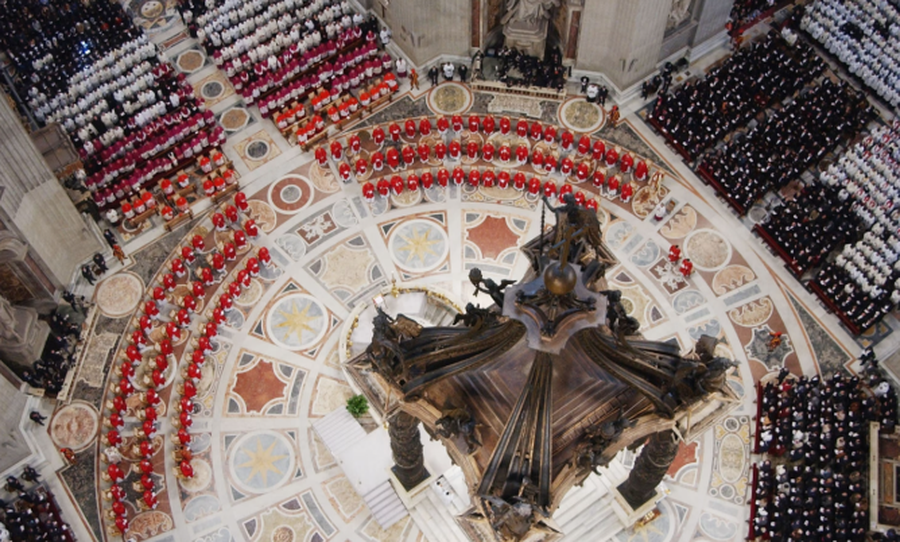
And then he reveals the name of the chosen one. The new Pope then appears on the balcony to give his first public pontifical greeting and bless the crowds in St. Peter's Square. A few days later, the new Pope celebrates a Mass that marks the beginning of his ministry. (A2 Televizion)

